Senior year, a road trip, Billy Buffett, generosity, and a magical kingdom of many dollars but perhaps little sense. Enjoy this video preview of my next article. BeyondStrength.Org



Senior year, a road trip, Billy Buffett, generosity, and a magical kingdom of many dollars but perhaps little sense. Enjoy this video preview of my next article. BeyondStrength.Org
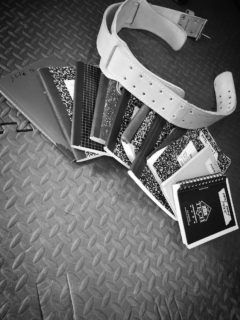
I read an article recently comparing times of day for working out to burn the most calories. It prompted me to take an in-depth look back at my workout history and see if there’s any conclusions I can draw from my own experience. Enjoy this video introduction to the project!
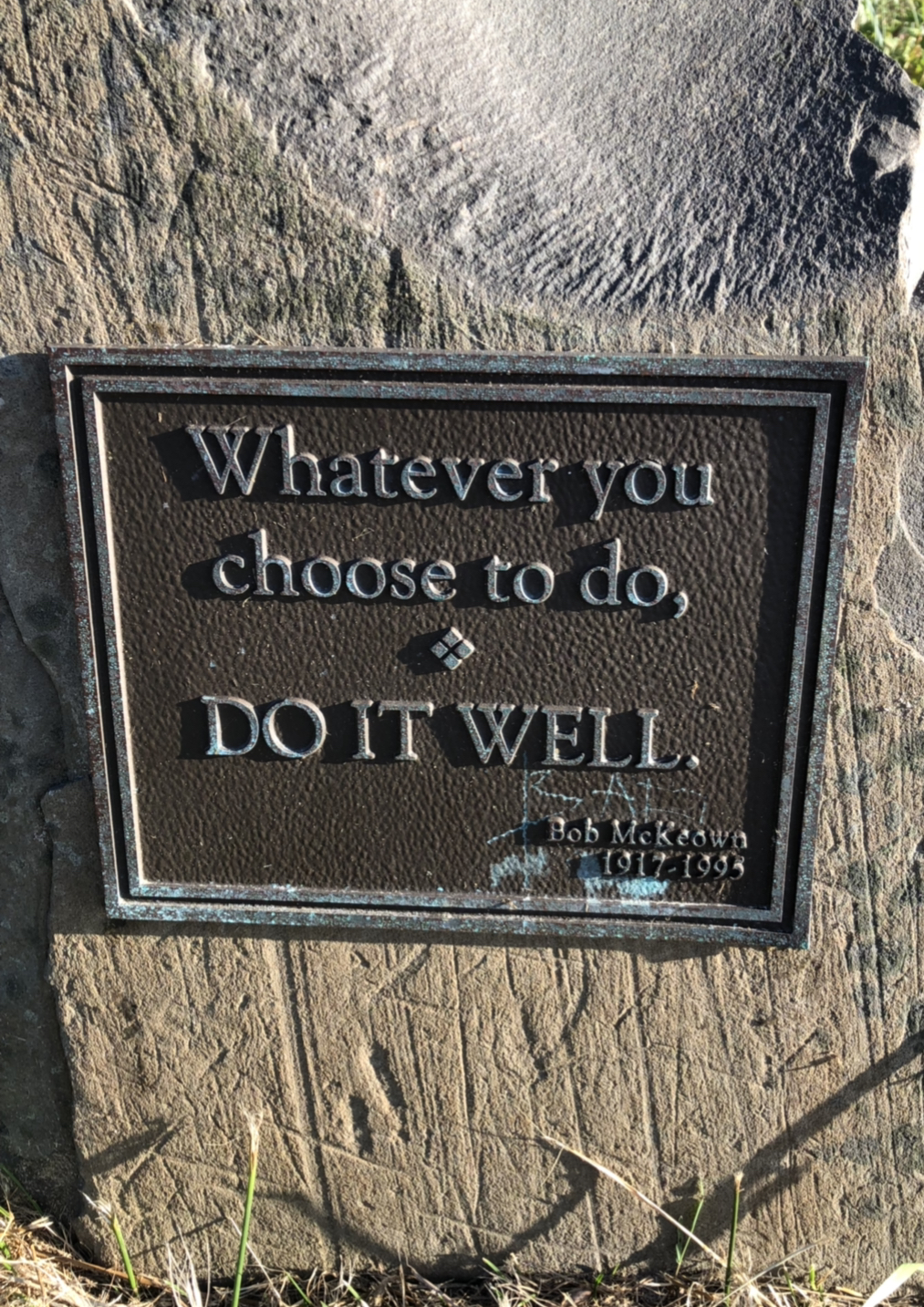
Last time I scratched the surface of rubber band theology. I wasn’t talking about jettisoning yourself from the snugly, familiar feel of your comfort zone into barenaked, fully-exposed panic zone. I merely pointed out that, not unlike a rubber band, if we don’t stretch we may not fulfill our intended purpose. I ended with an acrostic to motivate readers to do some stretching – personally, professionally, physically, or otherwise. My S-T-R-E-T-C-H-Y P-A-N-T-S acronym is probably not as entertaining as comedian Tim Hawkins’ song contemplating the fascination with yoga pants, but this is what comes from the entanglement of misfiring synapses and dysfunctional thoughts that are my brain.
Enough about my unresolved issues. I promised last time that I would dive deeper into these points.
Seize the moment – While you can (and should) learn from the past, you can’t change it. Neither can you fully predict the future. Live in the moment; look for opportunities and take advantage of them; don’t ruminate on the past or other things you can’t control; seize one day at a time.
Try something new – You’ve always wanted to try new things. DO IT! Learn to play an instrument; take a class; run a 5K; skydive; travel overseas; start a blog; volunteer at a soup kitchen; take a mission trip. Expanding your horizons can be frightening. But the exhileration, accomplishment, confidence, and memories created will be priceless.
Read (a lot) – In this age of technology overload, there is perhaps still nothing more mind-expanding than reading. It doesn’t matter the type of literature, just feed your mind with it. Being well-read may not make you a genius, but it can make you more interesting, informed, a better conversationalist, and you may even learn something!
Expect great things – No one wakes up in the morning hoping to be average, or goes into a situation striving for mediocrity. Expect amazing results. Don’t let your self-talk say anything besides how awesome, loved, and important you are.
Transform your thinking – As above, go into every endeavor expecting the best. I’ve heard it described as victim/victor mentality. See the glass half full. Set your mind on things above.

Cast no stones – You’ve heard warnings against throwing stones while living in a glass house, or Jesus’ invitation to judging Pharisees ‘without sin’ to cast the first stone. If you’re unwilling to chase your dreams or better yourself, you have no business discouraging anyone else from doing so. ‘Cast no stones’ speaks to avoiding self-righteousness and judgment. Beware lest you’re perfect. Cody Jinks’ song ‘Cast No Stones’ says it pretty well.
Help others reach their potential – If you’ve spent your whole life only looking out for yourself or your next promotion, you’ve missed one of the most important things you can do to make the world a better place. And I think we’ve all worked for you a few times.
Your mistakes don’t define you – Take it from an expert on mistakes: they are not who you are! God has a plan for us, and if we’re still this side of the dirt, we have more work to do. The first order of business is to stop letting your past keep you from reaching your full potential.

Pain is temporary (pride is not) – “Pain is temporary, pride is forever” was a catch phrase I remember from the late 1990s. We used it as cadre to inspire recruits, and threw it around during sucky missions to keep each other motivated. I remember the time one of my commanders, sincerely trying to motivate the troops, mispokenly screamed “Pride is temporary, pain is forever!” The good news is, pain generally is temporary. Pride developed through hard work, accomplishment, and other things related to getting outside your comfort zone will last a very long time.
Always do more than expected – This applies to relationships, work, sports, serving others, and more. Little things are big. Send thank-you cards; arrive early; leave late; buy someone’s lunch ; do unexpected favors or random acts of kindness; give money to someone in need with no expectation of repayment; return things you borrow in better condition than when loaned. Above all, always be the hardest working person you know in all areas. Work, live, love. HARD!
Never fail to learn something (especially from mistakes) – Even if you think something is a complete waste, always take something from it, even if that is leadrning what not to do. We’ve all known or worked for some incredible leaders we want to emulate. Most of us have worked for just as many who wrote the book on poor leadership. I think we learn as much from bad leaders as good, and from mistakes or defeats as winning or doing things right. Glean some redeeming aspect from any person or experience you encounter. No matter how bad.
Treat others the way you want them to treat you – The Golden Rule. But not just treating others the way you want to be treated; treating them the way they want you to treat them. Treating everyone with kindness, dignity and respect, whether they deserve it or not, is a pretty good start.
Stop giving life to the doubts of others – We end by going back to the beginning. “Then the peanut gallery piped in, telling you all the reasons it would never work and why you shouldn’t bother trying. Critics are like the pothole problem in Michigan…the road to where you want to get is full of them…” Every time we say ‘no’ to ourselves because a seed of doubt was planted, we give life to the doubts of others. Don’t give anyone else that kind of power.
Get Strong. Be Strong. Stay Strong.
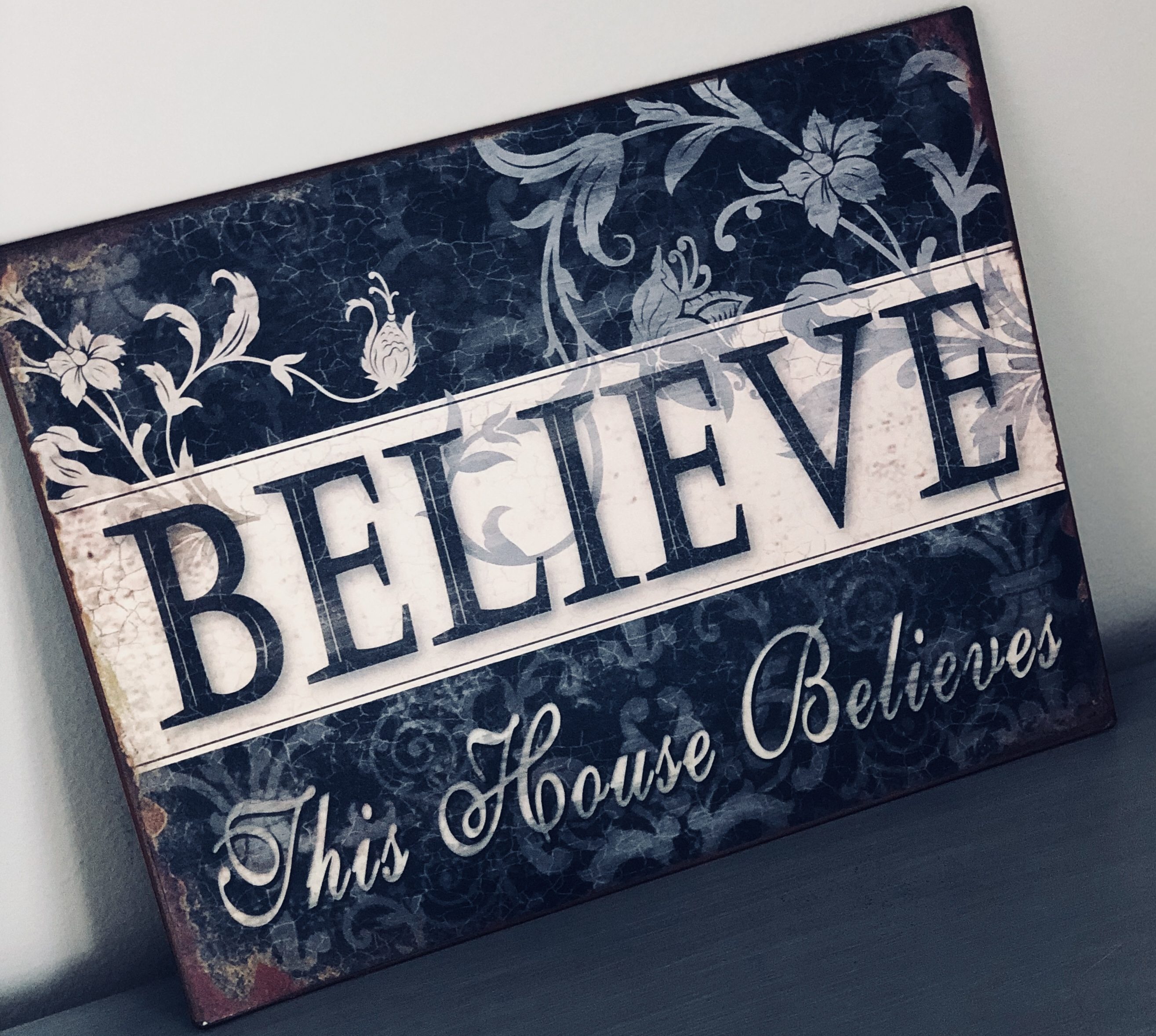
Have you ever been excited about something? Some business venture or enterprising dream you were certain there was a market for and you could make reality? You knew it would take serious time, energy, and effort, but you were ready! You conjured visions of floor plans; rehearsed your business-plan pitch to the bank; every detail of every idea rattling around in your brain for months…or years. You were ready to lean forward and make it happen.
Then the gallery piped in, telling you all the reasons it would never work and why you shouldn’t bother trying. Critics are like the pothole problem in Michigan; the road to where you want to go is full of them. They’re annoying, pervasive, rattle the heck out of you, and cause damage. Many a dream, big and small, has gone unfulfilled as a result.
In his book Be All You Can Be, John C. Maxwell writes about stretching your God given potential. I first read the book in 2008, and for a number of years after, I used his rubber band analogy during leadership and motivational talks. You see, a rubber band does nothing until it is stretched. Just laying there, that piece of stretchy rubber fails to fulfill its intended purpose. I can remember when our mail carrier would use a thick rubber band to hold bundles of mail together. And I’m sure most of us have used one to hold a deck of cards together, a daughter’s ponytail, a stack of business cards, or an assortment of pens, pencils, and highlighters we were certain we’d use again someday. Even to perpetrate the more nefarious crime of launching objects at unsuspecting classmates and dozing colleagues, or becoming both finger-gun-and-projectile-in-one, the band of rubber must be stretched or you’ll miss your mark for sure!

Like a rubber band, Maxwell postulates (and I agree), we need to stretch – or be stretched – to be most useful, most effective, and reach our full potential. Doctor Joseph Schafer of St. Louis University recently spoke at a conference I attended and reminded the audience that leadership is a verb. He said that the very core of leadership is change – the desire to do more, do something new, do something better (stretch?) as we move ourselves and our organizations from good to great. So besides the unwanted opinions of the nay-sayers mentioned above, what keeps us from snapping-back and launching into greater possibilities, challenges, and excellence? Is it laziness? Contentment with our present situation? Comfort in mediocrity? Or maybe it’s fear.
In my case, fear has probably been the number-one reason I’ve failed to stretch to full potential in one area or another. Even when I have allowed dissenting opinions to discourage me, it was ultimately fear of failure, of letting people down, or fear they were right (that it would never work) that held me back. I suspect there are many others out there who appear confident on the surface but battle insecurity within. People like that often have above average drive and ability, but struggle with self-confidence and self-esteem due to fear of failure and letting people down. It certainly makes me not want to stretch outside my comfort zone.

What do we do about it? Andrew Carnegie is quoted as saying “There are two types of people who never achieve very much in their lifetimes. One is the person who won’t do what he or she is told to do, and the other is the person who does no more than he or she is told to do.” Do more…stretch a bit.
I doubt I’m the only person held back in these ways, or the only schmoe prone to being stretched in the WRONG direction, so I want to share an acrostic of strategies with you. I’ll dive deeper into each point in a future article.
Seize your moment
Try something new
Read (a lot)
Expect great things
Transform your thinking
Cast no stones
Help others reach their potential
Your mistakes do not define you
Pain is temporary (pride is not)
Always do more than expected
Never fail to learn something (especially from mistakes)
Treat others the way you want them to treat you
Stop giving life to the doubts of others
One more thing. Before you join the chorus of haters who bring others down to lift themselves up, remember this classic childhood truism: I’m rubber and you’re glue…what bounces off me sticks to you.
Get Strong. Be Strong. Stay Strong.
Maxwell, J. (2007). Be all you can be. Colorado Springs, CO: David C, Cook.
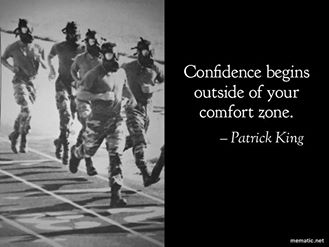
Please sign up to receive future posts via email.
Get Strong. Be Strong. Stay Strong.

“Light is sweet; how pleasant to see a new day dawning.” – Ecclesiastes 11.7
As last year closes, many of us will use the breaking of this new one to try to leave disappointments, failures, unrealized goals, and pain behind. We breach the new almanac with renewed optimism, commitment, and focus. Likely today, we are all-in for a new beginning.
While we may start off the New Year fired up with ‘guns-a-blazin’, the reality is that ‘resolution’ will be little more than cliché as a large majority of us will lose focus and fall back into the demotivation, destructive habits, thinking traps, or emotional constipation/diarrhea (each equally unpleasant!) within a few weeks.
So what’s the answer? Heck, I don’t know. If I had a nickel for every time some so-called expert, ‘life-coach’, or fitness guru whose only job is to work out all day told me all I had to do is…[fill in the blank], I’d be rich. Take it from an average-at-best schmo who does have a day job; can’t be in the gym all day and wouldn’t get paid to be even if he could be there all day; isn’t in this for money, fame, or his own talk show; is admittedly simple-minded and really just wants to help. There’s much to learn from other people’s mistakes and life experiences, and I think we can help each other get and stay motivated.
I need plenty of help, myself. If you’ve read my previous articles or checked out the Home, About Beyond Strength, and About the Author links on the website, you’ll understand this is as much about working on myself as it is helping others. I also know from decades of investigating violent crimes, playing & coaching sports, and serving in the military that success is a team sport. In fact, I have an entire speech queued at any given time on the importance of teamwork. I’ll spare you that narrative here, but as someone who’s about as messed up and needy as anyone out there, I’m confident we can help each other get beyond some things, get over ourselves, and get on with our lives in the New Year.
Physical wellness:
Be consistent, no matter your current level of physical fitness. If you need to start somewhere, start small. Build your consistency by creating a habit. If you’re just getting started or restarted, commit to just walking 15-20 minutes two or three times a week. Treadmill, indoors, or outdoors are all fine. Walk at a pace that is more than lollygagging but less than a jog. In other words, maintain a pace that requires some effort and elevates your heart rate a bit. On a treadmill, I expect on average that’s somewhere between 2.5 and 4 mph. As you begin to feel better, healthier, and more energetic, add time or distance. Stretching and yoga are also great ways to get more active.
If you are already well-along or more advanced physically, renew your commitment…and stick to it. I have found success getting up 45 minutes earlier than normal and knocking it out in the morning. It’s too easy to get distracted or exhausted after a long day and end up blowing it off.
For ideas on fitness training, the internet is plentiful. There’s a great article on the Air Force Marathon website about slowing down to avoid strain and build your endurance engine. Or feel free to visit the Fitness & Workouts link on my website for ideas, read my previous article On Fitness, or email me.
Emotional/Spiritual wellness:
Again, be consistent. Avoid the desire to be constantly ‘plugged-in’. Rest, quiet your mind, take walks in nature, laugh, pray, read, forgive (others & yourself). For some book ideas, see my recommended reading list.

Vocational wellness:
Commit to doing your best every day. That doesn’t include comparing yourself to others, gossiping about coworkers, participating in (or creating) an office drama club. It simply means ending each day confident that you gave your best effort. You don’t ever have to be the most highly educated or talented person to be happy, contribute, or make a difference. Here’s a list one of my good friends and mentors shared during a 2016 command senior enlisted conference. I’ve seen other variations of it, and I’ve added a few points of my own.
Things that require zero talent:
Being on time; work ethic; effort; energy; passion; coachability; being prepared; doing more than expected; gratitude; attitude; respect; compassion.
My goals this year include what’s above, as well as reaching more people, hearing from more people, loving more people, helping more people. I hope you have a plan for the New Year, as well. And that it includes making yourself and the world a little better each day.
“A compassionate man does not stand detached from the sufferings of others. Rather, he steps into the world of the hurting and feels the pain and anguish of the one suffering.” – David Jeremiah
Get Strong. Be Strong. Stay Strong.
Happy New Year!
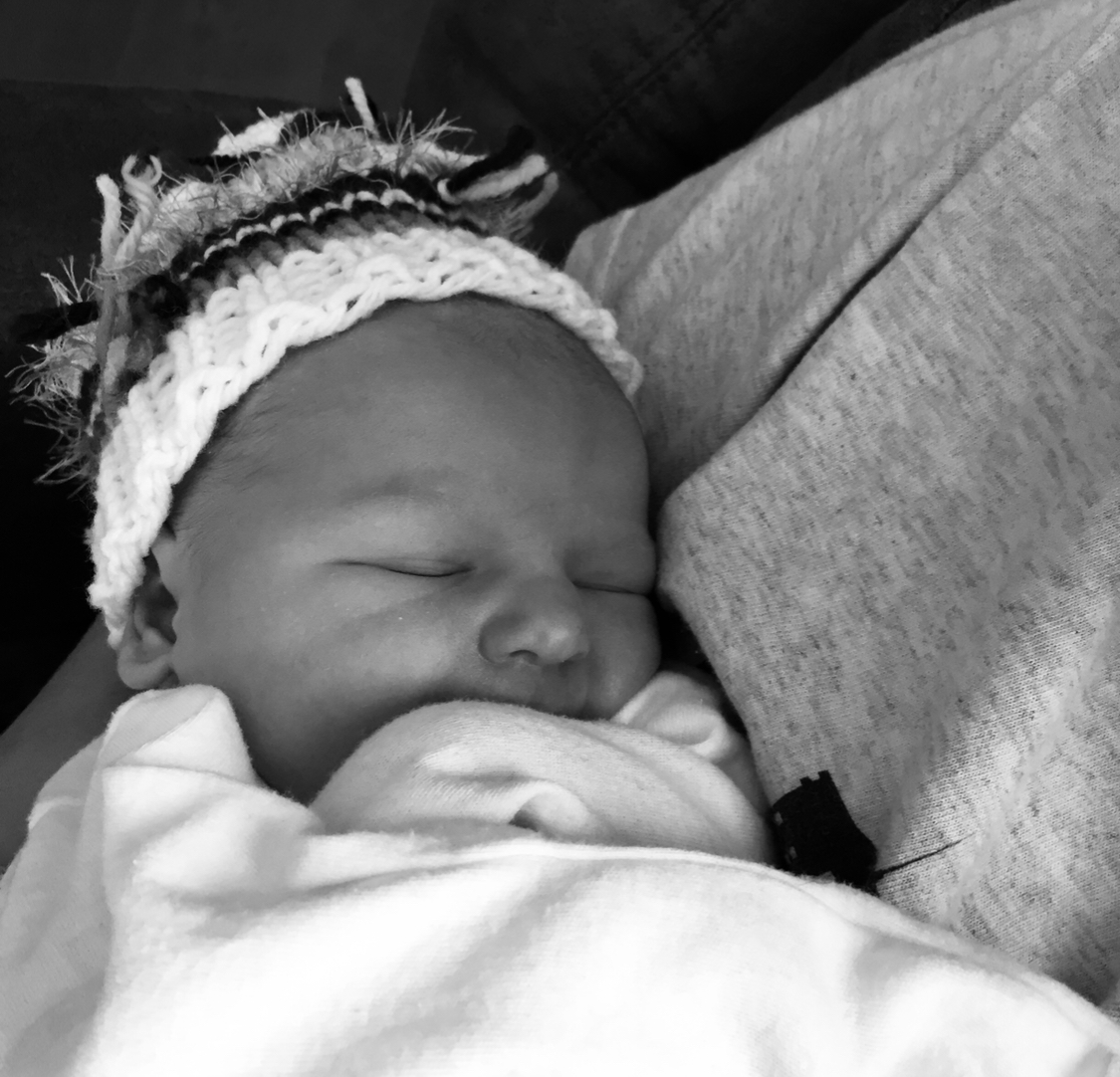
“Behold, I make all things new.” Rev 21.5
Wishing you all a very Merry Christmas & a Happy New Year!
Get Strong. Be Strong. Stay Strong.
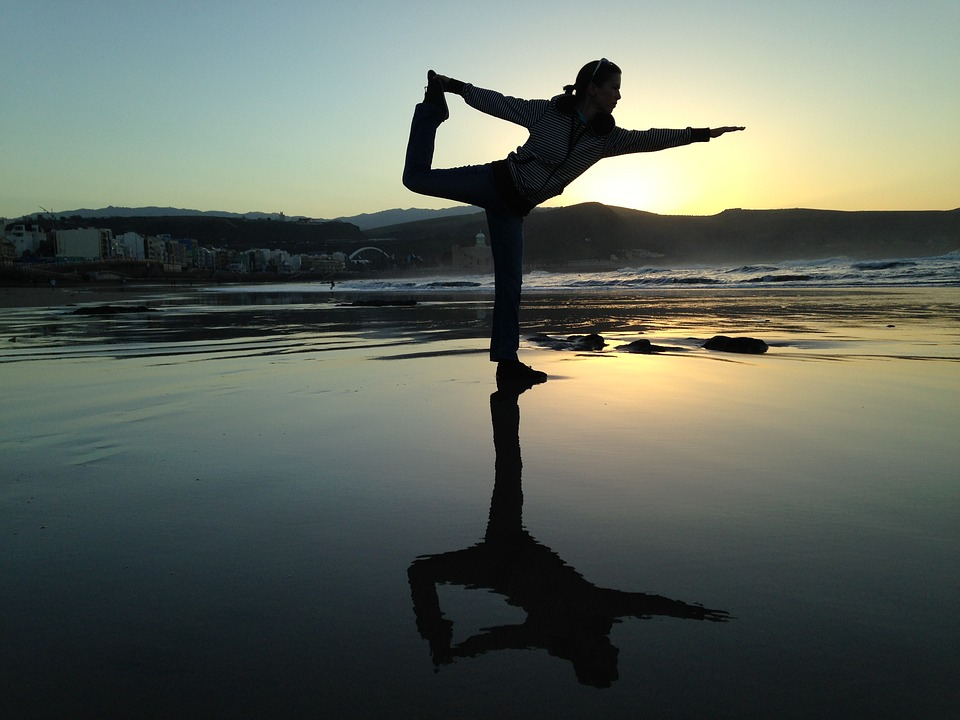
People talk a lot about self-care these days, but many of us neglect keeping things in balance. Participating in a healthy self-care regimen includes more than pampering. It means taking action to meet your mental and physical needs in a manner that helps you prosper.
What is self-care? Many people feel self-care can be as simple as getting a monthly facial or buying anew pair of slippers. While those could be parts of someone’s plan, a self-care program should include activities that promote overall wellness. There should be balance and attention to basics. Ideally, your program will include good nutrition, sufficient sleep, time with friends and regular exercise.
Getting fit. Is exercise part of your self-care routine? Beginning a fitness plan can be overwhelming, but the key is to have realistic goals. Verywell Fit suggests starting with a walking program. You just need a pair of comfortable shoes and a safe place to walk, and it’s an easy activity on your joints and muscles. Even though it’s simple, you can still make great progress. Talk to your doctor before you start, especially if you have been sedentary for a long period of time.
How much should I exercise? Sometimes we think exercise should be all or nothing, especially if we can’t see immediate results. However, slow and steady progress can help prevent injury and make your program more enjoyable. Some experts suggest an exercise regimen including a minimum of 2.5 hours doing moderate aerobic activity per week, along with a couple strength-building sessions.
Recover and refresh. To keep things balanced, your fitness routine should include recovery time. For instance, an occasional at-home spa day refreshes and rests your body after focusing on getting in shape. You can use homemade, soothing skincare treatments and masks, give yourself a hot rock massage, brew a cup of your favorite tea and play relaxing music. Keep the space uncluttered and free of distractions. A day here and there in your personal spa can help you to maintain a positive outlook and feel good about yourself. Try participating in some mindfulness while you’re at it, increasing your awareness of what your senses perceive. Mindfulness encourages relaxation and focus.
Limitations and boundaries. Do you burn the candle at both ends, or is your job situation setting you up for burnout? You might feel like you simply haven’t the time or energy to workout. Psychology Today recommends keeping things in check as part of your basic self-care plan. Find ways to decompress throughout your day, not just occasionally in the evening or on the weekend. Try taking a walk, meditating, or sitting outside in green space.
Also consider revamping your work environment, if necessary. Maybe you’re situated under fluorescent lights all day, and you could benefit with a window view. Or perhaps you’re working unsustainable hours, and switching your schedule around could help you become more productive and effective. Oftentimes management is unaware of problems unless those issues are brought to their attention. Talk with your supervisor about how to make improvements, and for the best results be prepared with suggestions rather than just complaining about what isn’t working.
Energy and attitude. Having the energy to properly balance yourself-care plan is crucial. One of the often-overlooked aspects of a healthful and energetic lifestyle is getting sufficient sleep. Without enough sleep, you can damage your mental and physical health, even risking chronic fatigue and burnout. You can lose vitality, become irritable and even shorten your lifespan. Schedule a bedtime and wake time for every day and stick to those times. Keep your exercise routine in the morning or early afternoon, ensure your sleeping environment is comfortable and avoid napping during the day.
Balance your routine so you can feel happy, positive and fulfilled. Adjust the priorities in your lifestyle so you include fitness. Ensuring you meet the needs of your mind, body and soul is the key to an overall healthy self-care program.
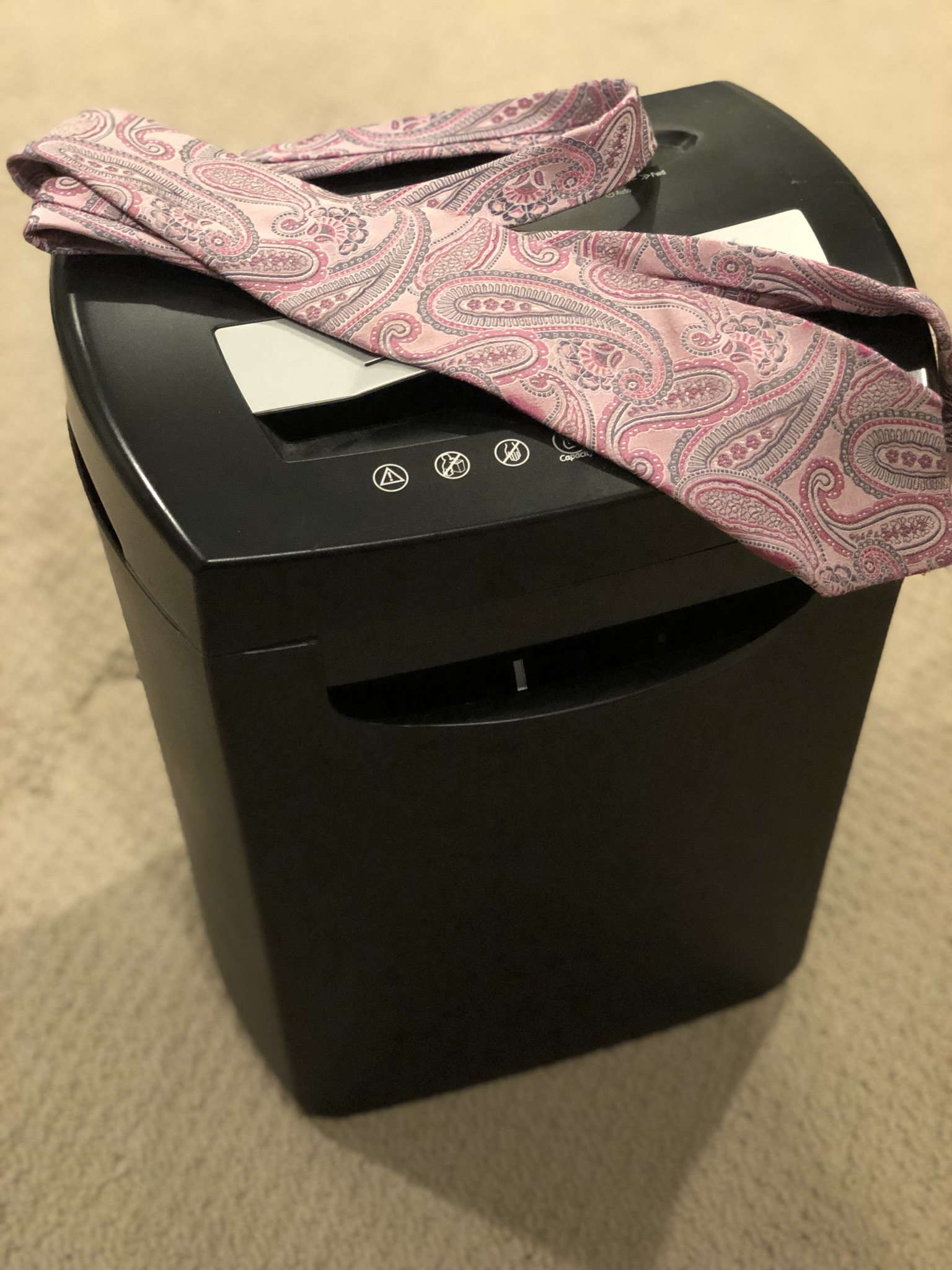
Martin Fanbee is quoted by then Colonel David L. Goldfein in his book Sharing Success Owning Failure as saying “Learn from the mistakes of others. You won’t live long enough to make them all yourself.” I’m making more than my fair share…so you’re welcome.
Mistakes are not only the result of weakness and poor decisions, but also the result of failing to prepare. I left off last time talking about being prepared, as well as the consequences of being unprepared. Our failure to prepare often results in discomfort at best and utter chaos, disaster, or severe heartache at worst.
Thanks to a televised Janet Jackson incident some years ago, I now know the proper terminology for my many embarrassing clothing mishaps. On the ‘discomfort’ end, being unprepared for wardrobe malfunctions has resulted in my tie in the toilet while pulling up my pants, a favorite tie in the shredder while still attached to my neck, and not having any tie at a black-tie affair. Toward the other extreme, being unprepared to raise children resulted in many missteps, mistakes, and missed opportunities; and the realization I probably should have waited until age 50 to have them. Of course, I never would have won an arm-wrestling match if that were the case.
I have spent nearly my entire life preparing my body to withstand a career in the profession of arms, to be functionally fit, and to feel good about the way I look when I pass by a full-length mirror naked. I have likewise tried to prepare my mind for critical thinking and vocational success by gaining wisdom and knowledge. And I have spent a good deal of time helping others do likewise. But despite all that, I remain insecure and emotionally unprepared in many ways. These weaknesses sometimes lead to carelessly being drawn into situations I know better to avoid.
Similar to preparing for cold weather by wearing bread bags in your boots, string mittens, and so many layers of winter clothes that there would be little need for side-impact airbags in your car, maybe preparing for life involves putting on a few things. Things like armor…literally and metaphorically; physically and emotionally.

Literature convinces us that in medieval times, knights were powerful symbols of bravery and nobility. But a knight wasn’t a knight overnight. It took years of training, learning, and preparation. The page learned from the squire, who learned from the knight. The knight prepared and affirmed his commitment to knighthood by learning and living chivalrous knighthood ideals such as being brave in battle; loyal to God and King; willing to sacrifice himself for the greater good. And to be merciful, humble, courteous, gracious, and gentle. I read somewhere that ‘not all knights were great men, but all great men were knights!’
Armor provides a great metaphor for the importance of preparation…even better than your mom’s recommendation of always wearing clean underwear in case you’re in an accident. There’s perhaps no better rendering than that of Apostle Paul in the sixth chapter of Ephesians when it comes to preparing for life. He used the battle dress of the Roman soldier as his object lesson, but we can relate in the same way to today’s law enforcement officer or military fighter.

It begins with being ready to stand firm under pressure (also mentioned in a previous article). It is followed by donning the proper equipment (or pieces of armor), each one serving a literal protective purpose and metaphorically representing spiritual, mental, emotional, and physical protections. The first is the ‘belt of truth’; used by the soldier to mount weapons, secure garments, and protect or ‘gird’ the loins and lower body. We all have secrets in dark places we never want revealed. But spiritual truth is needed in a dark world. “In the long run, it matters little what others say or think; it matters a great deal whether or not truth stands.” – Wendell L. Miller
The next few pieces are the breastplate (body armor), protective footwear (practical to the situation), the shield, and the helmet (headgear). Each one representing a facet of spiritual faith and practical physical use…and each defensive in nature. The last piece Paul cites happens also to be the only offensive piece of equipment – the sword (duty weapon).
We could go much deeper here, but I’m sure you get the picture. Sure, you visualized them at least once through all that looking exhausted from battle and caked with dust and dripping with sweat, blood and tears. But think of them all cleaned up, standing tall and proud, crisp and ready for inspection. There’s nothing like a man or woman in uniform. They look pretty damn good, right?! A regular knight in shining armor…

But beware, trusted caballeros. When one puts on all that shiny armor, there may be a certain visual appeal that draws attention that may become a stumbling block for the weak or unprepared. If you are prepared for random notes on your car, impromptu show-ups, and terms of endearment like ‘Muffin Tushy’ or ‘Applesauce’, then not to worry. If you’re not, I guess you’re more like I’ve been much of my life than you care to be and we’re back to paragraphs one through four.
I am my greatest adversary. I need to prepare better. I need the Armor of God.
Get Strong. Be Strong. Stay Strong.
Goldfein, D. L. (2001). Sharing success owning failure-preparing to command in the twenty-first century Air Force. Maxwell AFB, AL: Air University Press.
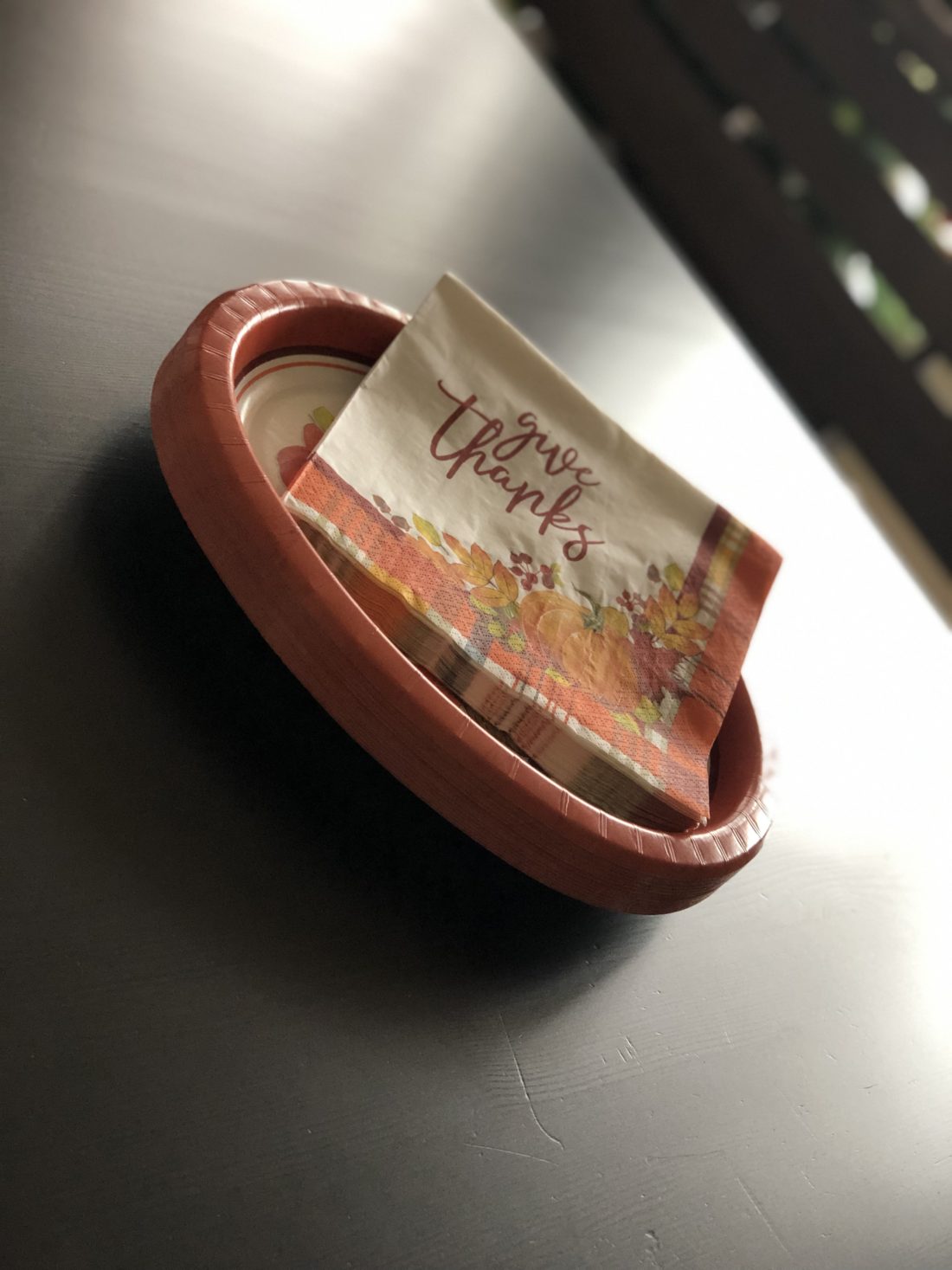
“Giving thanks always for all things…” – Eph. 5.20
Thanksgiving Message – Click for Video
I’m grateful you choose to follow BeyondStrength.Org
Happy Thanksgiving, everyone!
Get Strong. Be Strong. Stay Strong.